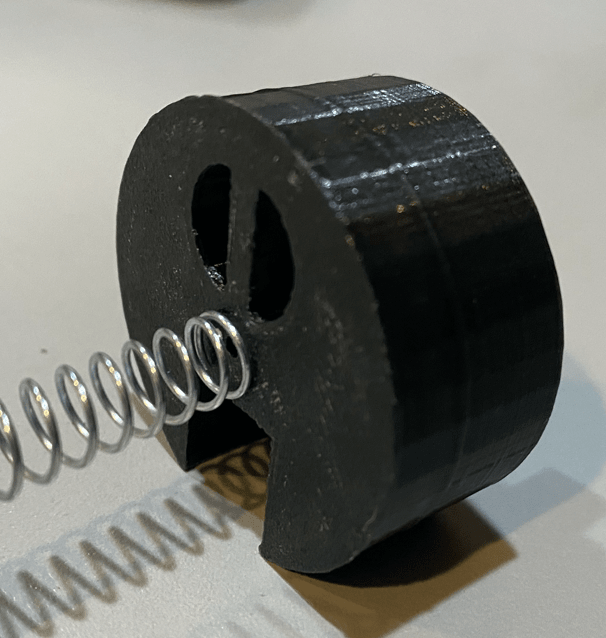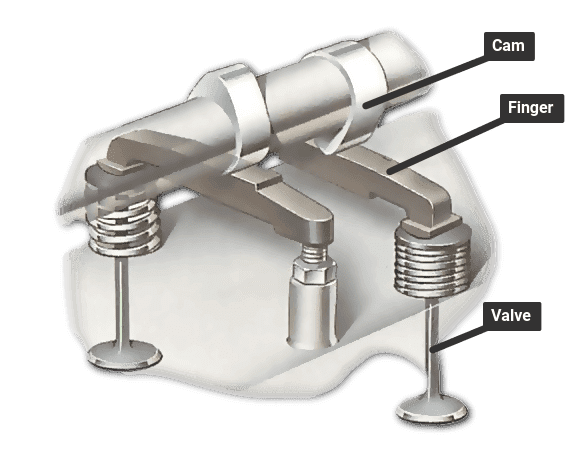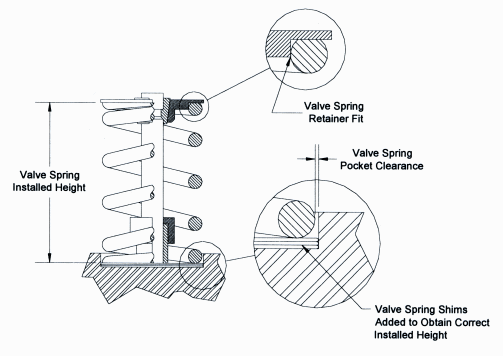RyanDehmoubed
Computer
- Dec 20, 2020
- 1
Hi all,
I am working on a project right now and I was wondering if anyone had any ideas on how to keep a spring fixed and connected to this plastic piece [image shown below].
Our goal is to keep the spring erect and allow for an upright, linear compression.
I was wondering if there was a mechanical method of attaching/fixing these two pieces together without using glue, epoxy, or other such products.
The best solution that we have been able to come up with so far is to add a custom threading into the plastic such that the spring can just screw into it, but we are afraid that this wouldn’t be too robust. Another downside is that the spring is winded in a counterclockwise manner so I am not sure how it would even be able to “screw” it in.
If anyone has a clever solution to this problem, I would really appreciate it.
Thanks, Ryan

I am working on a project right now and I was wondering if anyone had any ideas on how to keep a spring fixed and connected to this plastic piece [image shown below].
Our goal is to keep the spring erect and allow for an upright, linear compression.
I was wondering if there was a mechanical method of attaching/fixing these two pieces together without using glue, epoxy, or other such products.
The best solution that we have been able to come up with so far is to add a custom threading into the plastic such that the spring can just screw into it, but we are afraid that this wouldn’t be too robust. Another downside is that the spring is winded in a counterclockwise manner so I am not sure how it would even be able to “screw” it in.
If anyone has a clever solution to this problem, I would really appreciate it.
Thanks, Ryan




